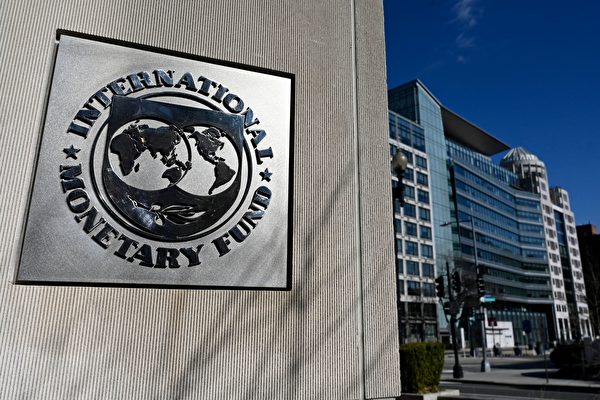On Tuesday, October 22nd, the International Monetary Fund (IMF) lowered its economic outlook for both the global economy and China in 2025, citing increased risks from geopolitical tensions, conflicts, and trade protectionism. Meanwhile, the US economy stood out as the only developed country to have its expectations raised for the second consecutive year.
The IMF’s “World Economic Outlook” report released on Tuesday indicated a projected global economic growth of 3.2% in 2025, down 0.1 percentage points from July’s forecast, while maintaining the GDP growth expectation for 2024 at 3.2%. The inflation rate for 2025 is forecasted to decrease from 5.8% in 2024 to 4.3%.
Chief economist Pierre-Olivier Gourinchas stated at the press conference, “Downside risks are accumulating, and the uncertainty in the global economy is increasing.”
He noted that “global geopolitical risks, the likelihood of regional conflicts escalating,” could impact commodity markets, as well as the rise of “protectionism, protectionist policies, and trade interruptions that may affect global economic activities.”
Gourinchas, in an interview with Reuters, expressed concerns that some countries might face pressure on economic growth and employment if monetary policies were not adjusted properly in response to decreasing inflation.
In assessing the risks, the IMF report mentioned the possibility of significant tariff increases and retaliatory measures but did not specifically address US Republican presidential candidate Trump’s (Trump’s) promises to impose 10% tariffs on global imports to the US and 60% tariffs on goods from China.
The IMF report also considered an alternative scenario involving reciprocal 10% tariffs between the US, the Eurozone, and China, along with the US imposing 10% tariffs on other countries worldwide, reducing immigration to the US and Europe, as well as financial market turbulence tightening financial conditions. In such a scenario, the IMF stated that it would lead to a global GDP output level decrease of 0.8% in 2025 and 1.3% in 2026.
The IMF lowered its economic growth forecast for China in 2024 from 5% to 4.8%, citing weak real estate and low consumer confidence, while maintaining the 4.5% growth expectation for 2025.
Gourinchas mentioned on Tuesday that despite the correct direction of recent measures taken by Beijing, the recent measures announced by the People’s Bank of China last month were insufficient to substantially promote economic growth, and the measures taken by the Chinese Ministry of Finance were not included in the International Monetary Fund’s forecast.
Due to strong consumer spending, the IMF raised its economic growth expectations for the US in 2024 and 2025 to 2.8% and 2.2%, respectively. The US is the only developed economy to have its economic growth expectations raised over two years.
The IMF’s chief economist stated that the Federal Reserve’s sought-after “soft landing” – easing inflation without causing significant harm to the job market – has been largely achieved.
Gourinchas mentioned that the economic performance of some countries, including the US, exhibited resilience.
“In a sense, the (economic) news from the US is very good,” Gourinchas remarked at a press conference in Washington. “The labor market remains quite strong, although it has cooled down.”
“I think that, barring very severe shocks, the risk of an economic downturn in the US will decrease,” he said.

